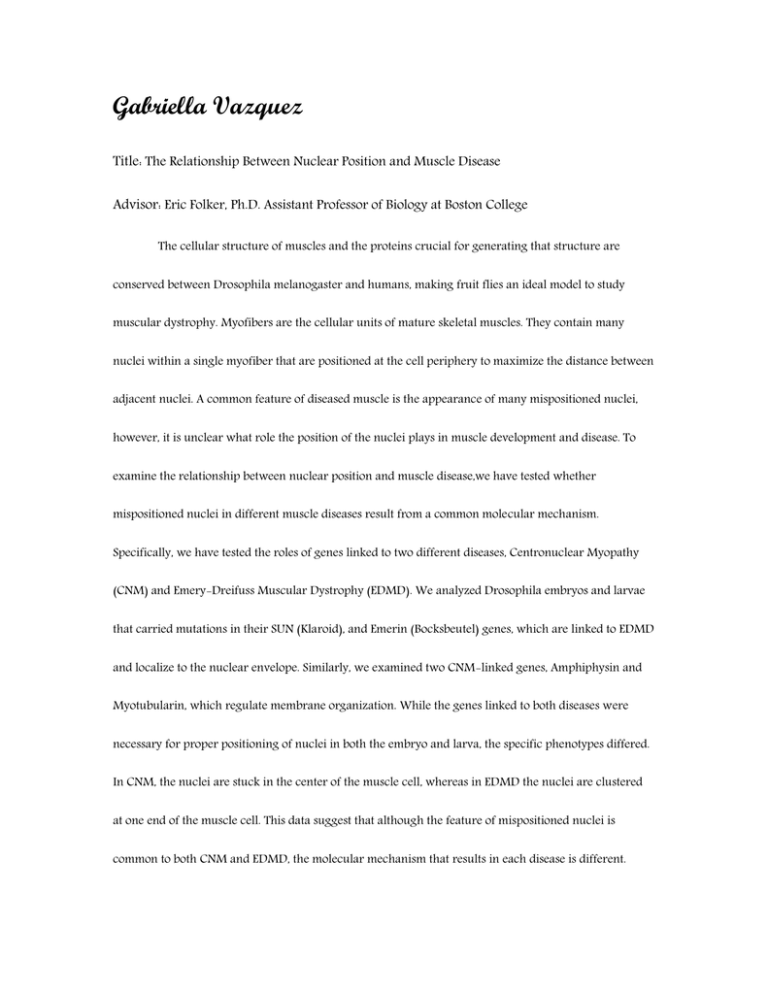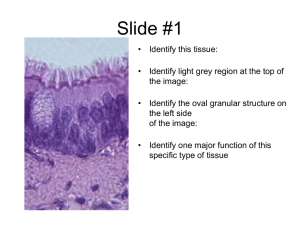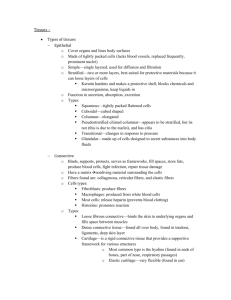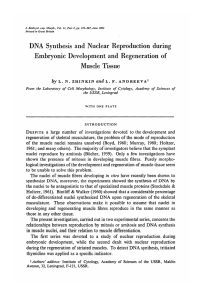Gabriella Vazquez Title: Advisor:
advertisement

Gabriella Vazquez Title: The Relationship Between Nuclear Position and Muscle Disease Advisor: Eric Folker, Ph.D. Assistant Professor of Biology at Boston College The cellular structure of muscles and the proteins crucial for generating that structure are conserved between Drosophila melanogaster and humans, making fruit flies an ideal model to study muscular dystrophy. Myofibers are the cellular units of mature skeletal muscles. They contain many nuclei within a single myofiber that are positioned at the cell periphery to maximize the distance between adjacent nuclei. A common feature of diseased muscle is the appearance of many mispositioned nuclei, however, it is unclear what role the position of the nuclei plays in muscle development and disease. To examine the relationship between nuclear position and muscle disease,we have tested whether mispositioned nuclei in different muscle diseases result from a common molecular mechanism. Specifically, we have tested the roles of genes linked to two different diseases, Centronuclear Myopathy (CNM) and Emery-Dreifuss Muscular Dystrophy (EDMD). We analyzed Drosophila embryos and larvae that carried mutations in their SUN (Klaroid), and Emerin (Bocksbeutel) genes, which are linked to EDMD and localize to the nuclear envelope. Similarly, we examined two CNM-linked genes, Amphiphysin and Myotubularin, which regulate membrane organization. While the genes linked to both diseases were necessary for proper positioning of nuclei in both the embryo and larva, the specific phenotypes differed. In CNM, the nuclei are stuck in the center of the muscle cell, whereas in EDMD the nuclei are clustered at one end of the muscle cell. This data suggest that although the feature of mispositioned nuclei is common to both CNM and EDMD, the molecular mechanism that results in each disease is different.






